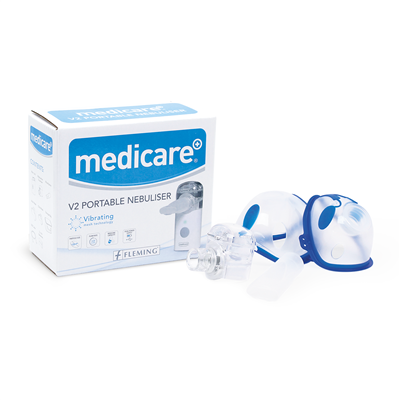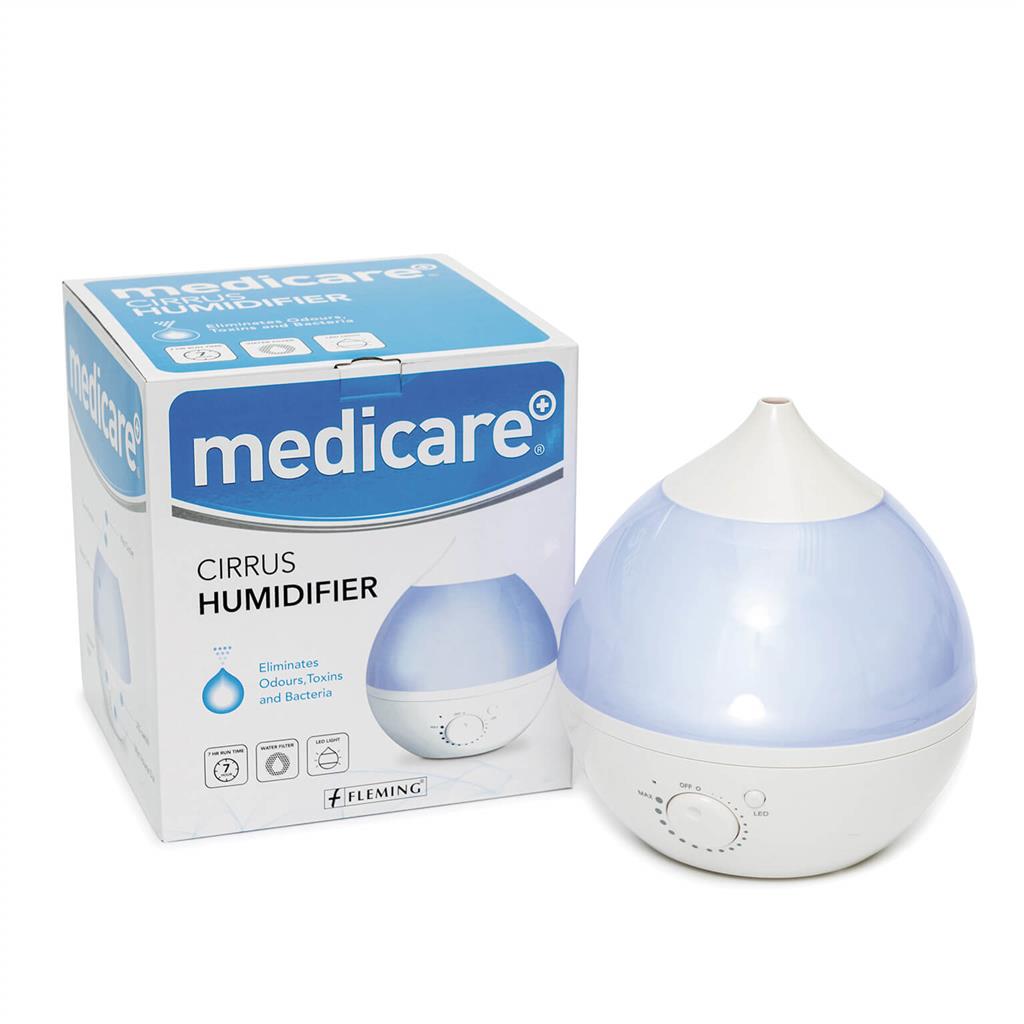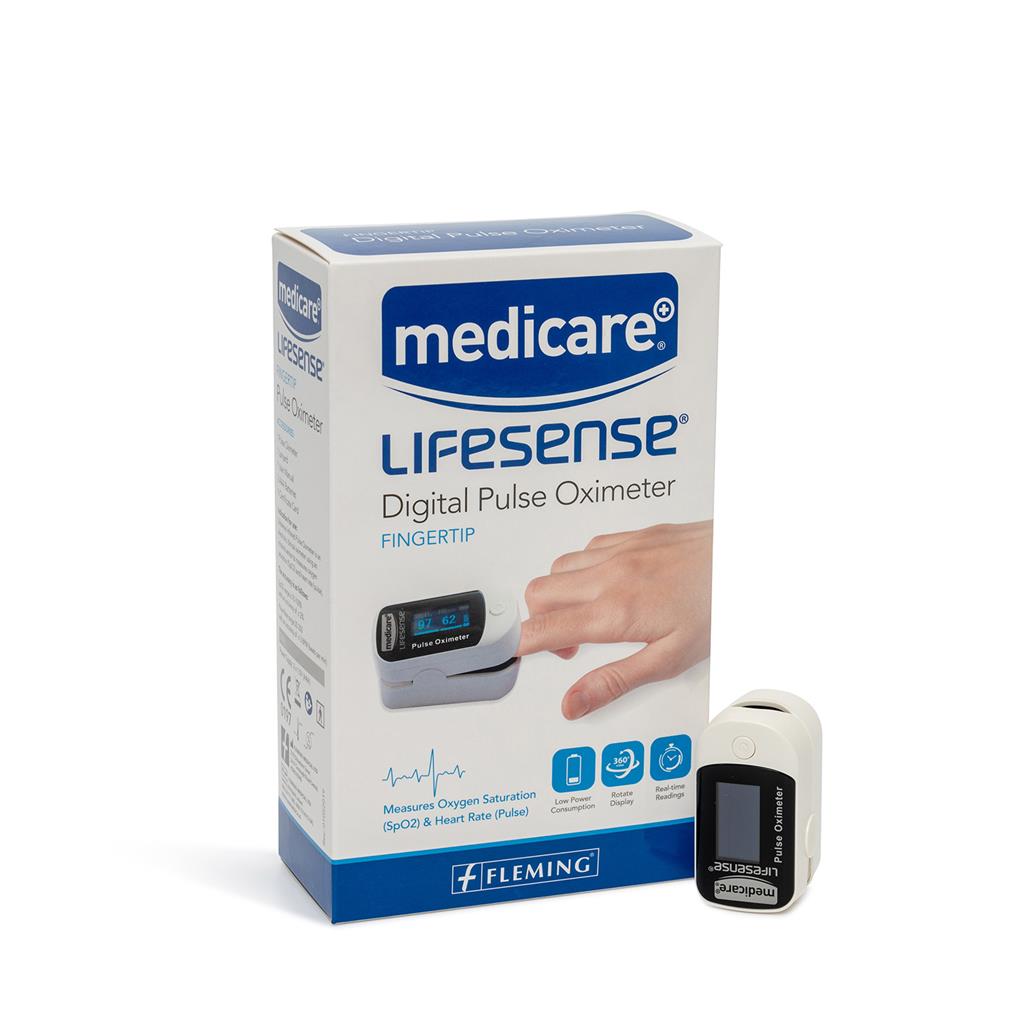COPD (Chronic Obstructive Pulmonary Disease) is a group of conditions that includes chronic bronchitis and emphysema.
- Chronic Bronchitis (inflamed and narrow airways) prevents the lungs from emptying normally when you breathe out. You will have to make an extra effort to breathe, which can make you feel breathless
- Emphysema (damaged lung structure) occurs in the areas of gas exchange, known as the alveoli. Walls of the alveoli become less elastic and so it is more difficult to empty air out of the lungs
Even though COPD is a common illness that affects millions of people worldwide, you can still live a full and active life.
Here are 5 simple steps to improve living with COPD this winter:
1. Small lifestyle changes can make a big difference
Quitting smoking and leading a healthy lifestyle can help improve symptoms over time and lead to a massive improvement in your respiratory health.
2. Practice breathing techniques when experiencing breathlessness
Here are some techniques approved by healthcare professionals that will help you to recover when you experience a case of breathlessness.
- Pursed lip breathing is a technique which helps to improve good oxygen exchange at the end point in the lungs and helps to prolong breathing. Take a deep breath in and breathe out with pursed lips for twice as long as you breathed in for. For example, breathe in for 2 seconds, breathe out for 4. Remember to breathe out slowly and do not exert yourself when practicing this technique.
- Diaphragmatic breathing helps relieve breathlessness and improves your lung mechanics. It can be performed either standing or sitting down. Place one hand on your upper abdomen and one in front of your chest. Breathe in slowly and deeply through your nose and exhale through pursed lips. This exercise improves lung mechanics and oxygenation to your lungs. The best time to practice this is after using inhalers. Avoid taking massively deep breaths when you are breathless, oxygenation will occur more effectively using this method. Practice these methods at times when you get severely breathless.
- Position of ease If you find yourself short of breath when you are exercising or out and about, then use the position of ease to relieve your breathlessness. Do not continue your activities if you are severely short of breath. Sit down, lean forwards, and rest your elbows on your lap. Relax your shoulder and chest muscles. Concentrate on your breathing in through your nose and breathe out through pursed lips. In this position your diaphragm, which is a supporting muscle of your lungs, is relaxed and your lungs have more room to expand. As you're concentrating on your breathing in, you're getting more oxygen into your lungs which will improve your breathlessness. Lean against a wall if you can't find a place to sit down.
3. Take your medicines regularly as prescribed
If you have any doubts or uncertainty on what medications you should be taking and when, ring your hospital and speak to your regular doctor. If you are someone who forgets to take their medication when needed, the Medicare LifeSense app gives you the opportunity to set reminders to take your medication.
Certain products can help manage symptoms such as inhalers and nebulisers. Humidifiers in your home can help improve the air quality by cleansing the air of bacteria and toxins. They also create a calming atmosphere when used with essential oils. Talk to your doctor before using a humidifier as increased humidity can either benefit or make symptoms worse. Use a humidity meter in your home to find out what your current level is.
If you need to monitor your blood oxygen saturation levels (SpO2), Pulse Oximeters can be found in CarePlus Pharmacies nationwide. They are used to check how well your heart is pumping oxygen through your body and is used to monitor any type of condition that can affect blood oxygen levels such as COPD, asthma, pneumonia, lung cancer, anemia and congenial heart defects.
4. Exercise regularly
Exercise can help anyone with a respiratory illness. Shortness of breath can lead to inactivity which can lead to feeling unfit and symptoms will get worse. Exercising with COPD can be very hard at first but if you start slowly and keep to a routine, you will find yourself feeling a small amount of relief.
Start by walking what you can, keep track of your progress every day and make sure that your heart and breathing rates increase. You can monitor your SP02 levels with the Medicare Finger Pulse Oximeter and keep record to see if your levels improve. If you have not exercised before, consult your doctor or physiotherapist before starting an exercise program.
5. Good hygiene prevents infections
Stay away from infections by maintaining good hygiene. Cover your mouth when coughing or sneezing and wash your hands regularly. Throw away any used tissues immediately.
If you think you have COPD, seek medical attention from your GP. Your local CarePlus Pharmacy is also a great resource where you can get your medication, advice and information on diagnostics all in one place, as well as the products mentioned in this article.




